Just as your garden plants are really starting to bloom, you notice black spots on the leaves. Or maybe you find chewed-up petals or a whitish fuzz along your roots. Garden pests are no joke. They can kill your garden very quickly, undoing all of your hard work.
Whether you’re working on growing a medicinal herb garden or a beautiful flower garden, pests are no joke. From microscopic mites to hordes of grasshoppers, garden pests rapidly eat and destroy gardens around the world. That’s part of the reason that botanists study them – along with many other things that botanists study.
Let’s explore some of the most common garden pests, how to identify them, and how to control them. This list does not include infections, fungi, or parasitic plants – just creepy crawlies!
Red Spider Mites:
These small mites that live under the “skin” of leaves, sucking at the sap. They cause leaf loss. They’re most commonly found on apple trees, azaleas, and camellias.
Identification: Look for a dusty underside of your leaves and yellow spots. You might be able to find and identify the red spider mites using a magnifying glass.
Eradication: You can get rid of these garden pests by deploying their natural predators, ladybugs and lacewings. You can also raise the humidity of indoor garden areas or use an insecticidal wash on your plants.
Whitefly
These small sucking insects are quite resistant to many pesticides, making them especially difficult to eradicate. They’re especially common indoors, but whiteflies can also be found in southern areas or during the summer in the north.
Identification: Look for small (1/16 inch) white, moth-like insects along the top of your plants. You will also find small nymphs along the underside of your leaves, munching away at your plants.
Eradication: You can use yellow sticky traps to kill the adults. Natural predators like ladybugs and lacewings are another great option. You can also use special soaps to kill off heavy infestations.
Codling Moth
These garden pests infest apples and other fruits, leaving large rotten holes and eating the fruit from the inside out. They are the most common worm found inside of wormy apples.
Identification: Since adult Codling Moths are nocturnal, you’re unlikely to see them. You may only notice a Codling Moth infection when you discover wounds, track marks, or larvae in or on your fruit.
Eradication: Control Codling Moths using parasitic wasps or insecticides. Reducing the number of fruits on your trees can also help, as this avoids creating the sheltered junctures where Codling Moths enter the fruit. These garden pests generally require a multipronged approach to control, depending on the specifics of your infestation.
Leaf Miners
A variety of different insect larvae produce tracklike markings along your leaves. These may be caused by flies, moths, or beetles. Most leaf miner damage is relatively harmless aside from slightly stunting the growth of their host plant.
Identification: Look for scribble-like markings along leaves, often in a few different colors. This is the track that the insect larvae leaves as it eats through your leaf. You might find small dots of black fecal matter within the markings.
Eradication: If you catch leaf miners early, you can pinch the affected leaves to kill the larvae. You can also employ parasitic wasps or insecticides to control the problem.
Scale Insects
These small, scale-like growths on leaves result in poor growth. There are over 1,000 different species of scale insects around the world. They come in both hard-shelled and soft-shelled varieties.
Identification: Look for blister-like growths on the underside of leaves. They may also look like tiny scales. The soft-shelled scale insects will produce lots of honeydew, another telltale sign of this garden pest.
Eradication: Carefully prune and dispose of infected areas of your plants. You can also employ ladybugs and other natural predators to kill the larvae, or use several rounds of an insecticide to kill the young scale insects.
Gall Mites
These alarming-looking garden pests cause angry red and green pimples along your leaves. While they look unsightly, these sap-sucking mites are generally harmless. There are actually several species of gall mite, but most of these garden pests are harmless.
Identification: You’ll quickly notice the bright growths that these mites cause. They might look and feel almost like tiny blisters or pimples.
Eradication: If you catch a gall mite infestation early enough, you can simply pinch off the affected areas of the plant. If the mites are already widespread, you’ll cause more harm than good with this approach. There are no pesticides available that are effective with gall mites.
Thrip or Thunder Beetle
These small black bugs cause white patches on the leaves of indoor plants as well as several common garden vegetables. Like many other garden pests on this list, the name “thrip” actually refers to as many as 6,000 different species of pest. Thrips carry several other diseases and travel in swarms to attack many garden vegetables.
Identification: Look for small (less than 1/25 of an inch) black or straw-colored bugs using a magnifying glass. Thrips cause damage by sucking the juices from leaves and scraping at flowers, leaves, and fruits. The plants will look pale, splotchy, or greyish before dying.
Eradication: Prevent thrip infestation by cleaning up decaying organic matter from your garden, especially during the harvest. You can also spray many thrips away with water or use botanical insecticides to eradicate the pests.
Winter Moths
This invasive species eats its way through just about any plant in its path. They will even drop from taller trees onto flowers or undergrowth, causing further damage.
Identification: You may notice “tented” leaves on your fruit trees in the spring, where a silky web holds the leaf together. The larvae are inside. This garden pest causes major damage in heavy infestations, removing nearly all of the leaves of some trees.
Eradication: Giving your trees extra water during the growing season can help them recover from the damage caused by winter months. You can also use oil sprays or tree banding to kill the eggs or prevent moths from laying eggs. Each of these methods is imperfect but can help you get through a season.
Vine Weevil Larvae
It’s not just your plant’s leaves that are at risk from garden pests. Vine Weevil Larvae will feast on the roots of your plants, causing a sudden collapse. It’s especially common in ornamental plants that grow indoors.
Identification: It’s hard to find vine weevil larvae, as they live in the roots of your plants. Watch out for the blackish grey adults with dirty yellow squiggles. Your plants will wilt or die in the fall to summer thanks to this garden pest. The adult weevils will also cause notched leaf damage.
Eradication: Remove adult weevils by hand or by shaking your plants in the spring or summer. You can also use predatory worms such as Steinernema kraussei or chemicals designed to kill weevils.
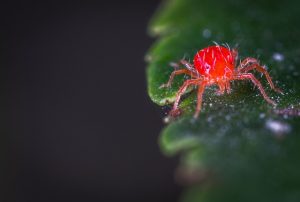
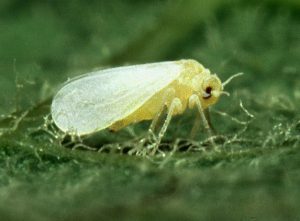
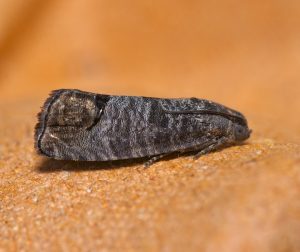
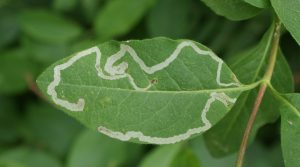
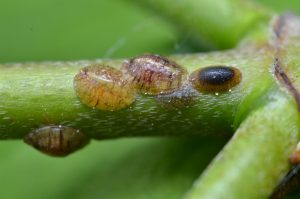
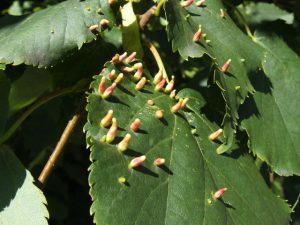
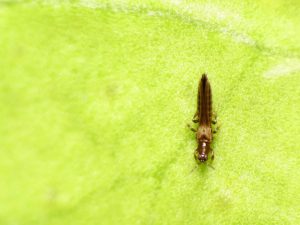
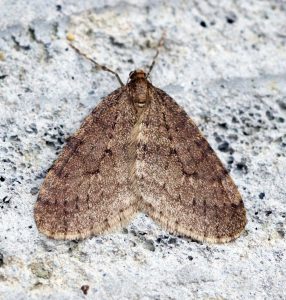
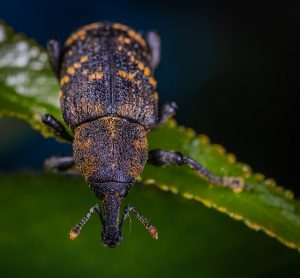
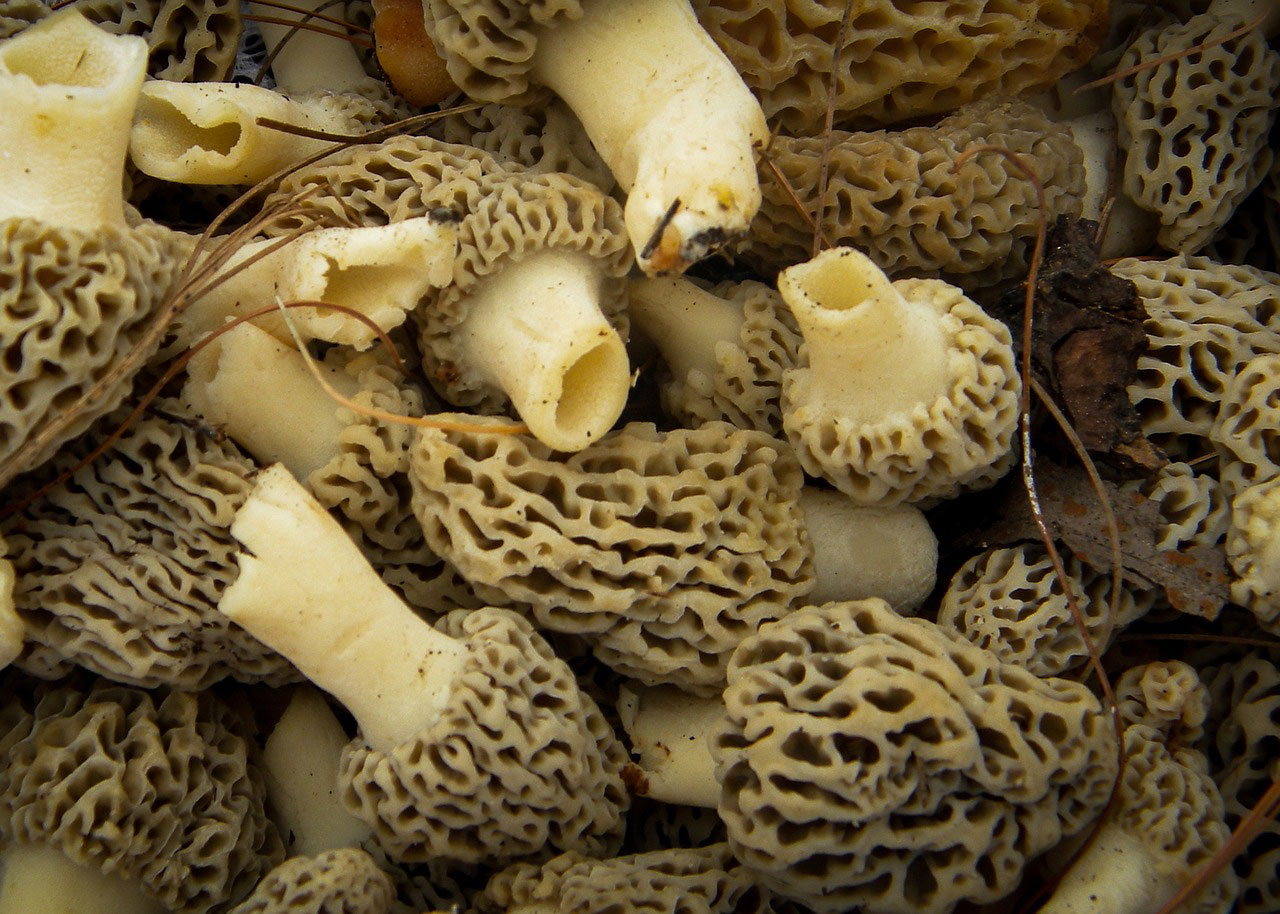
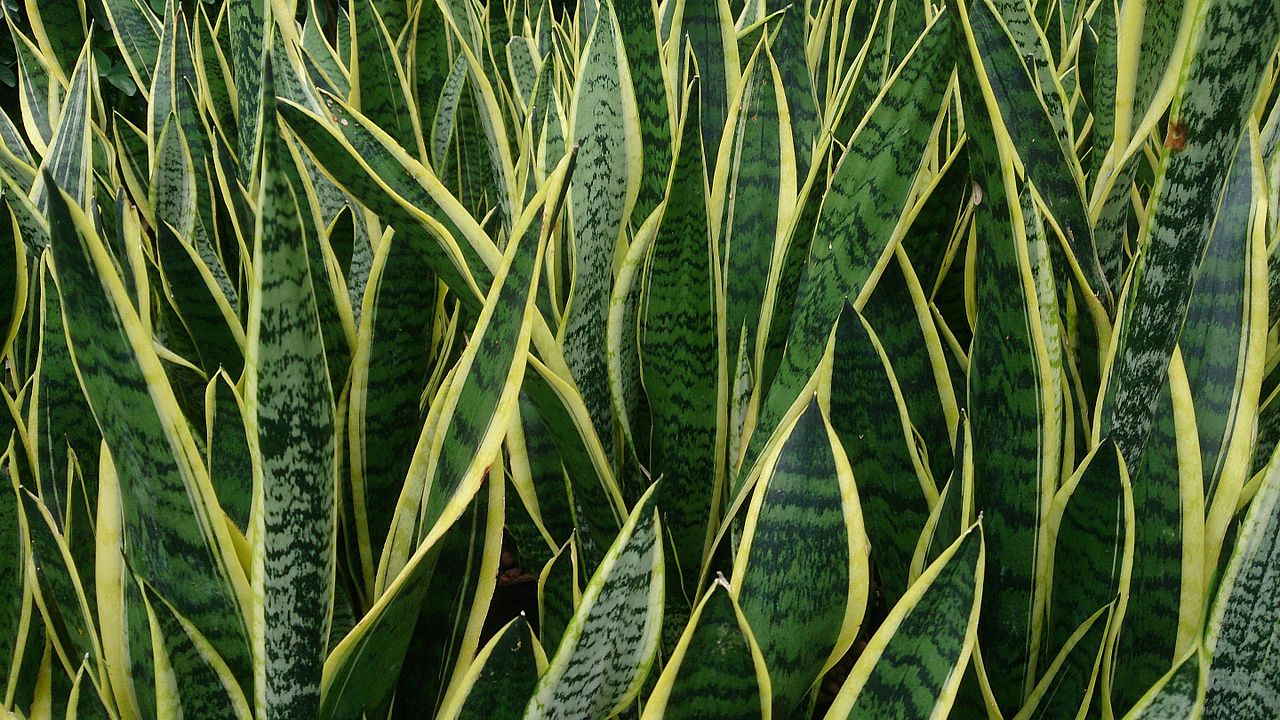

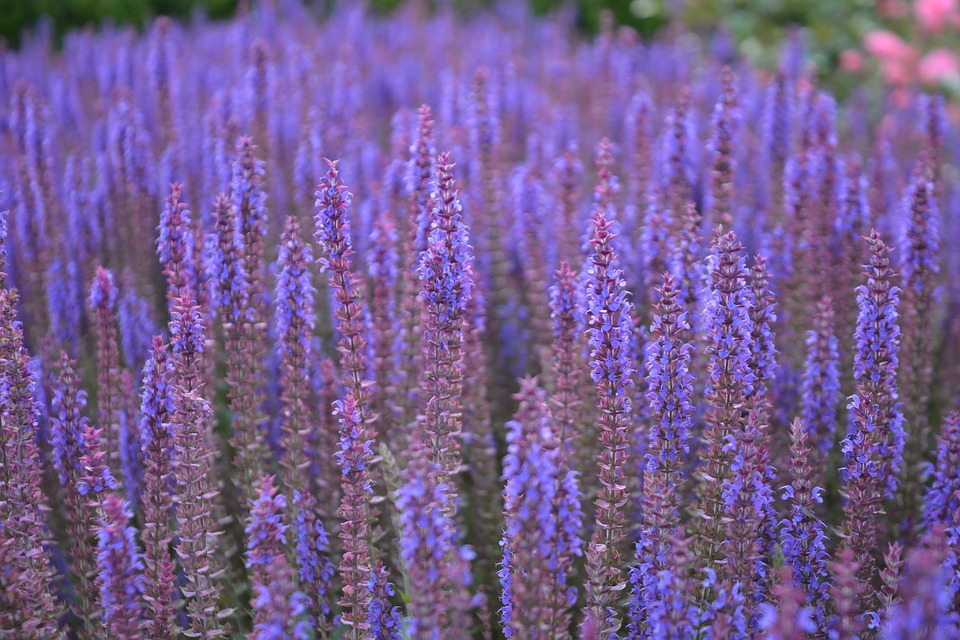
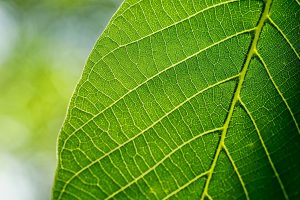

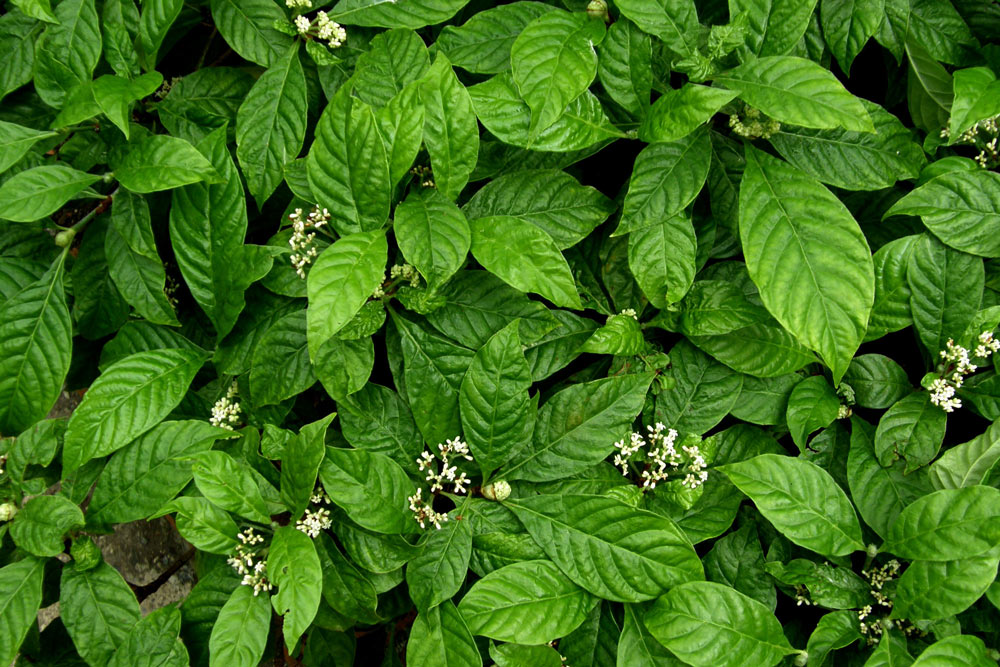

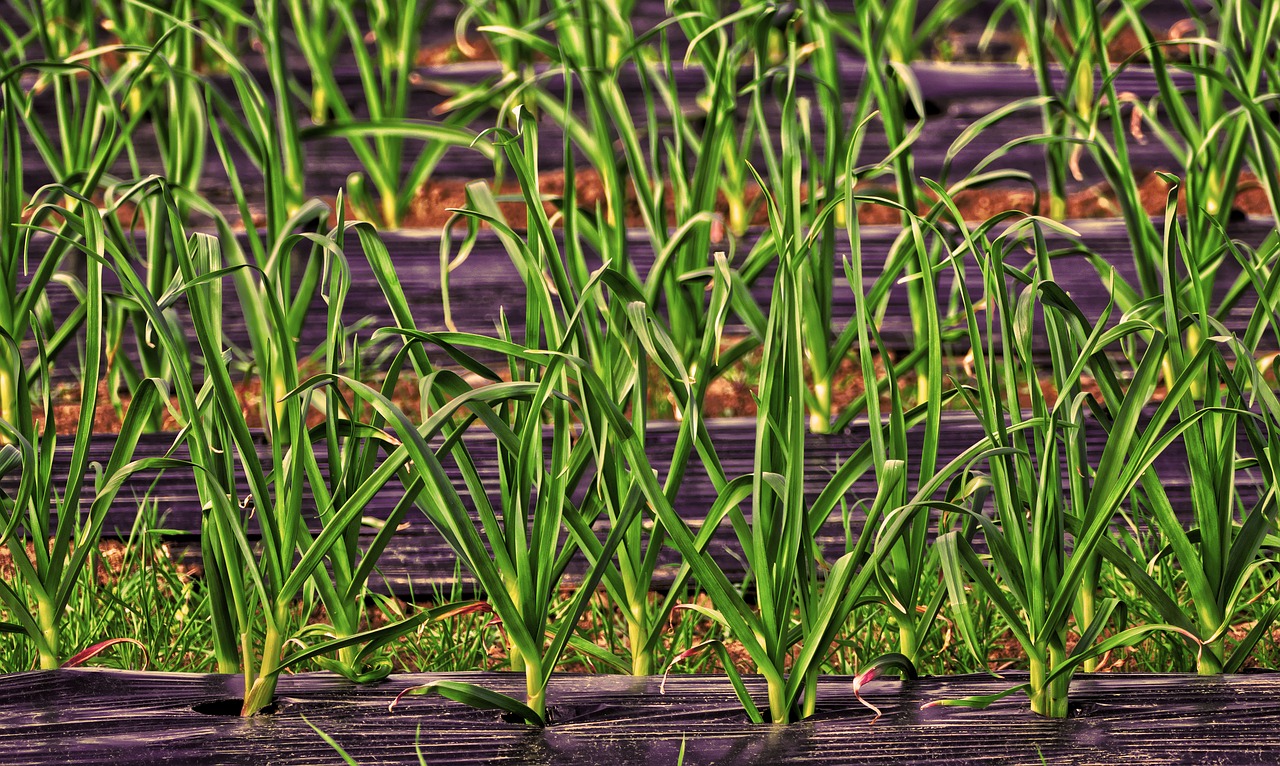
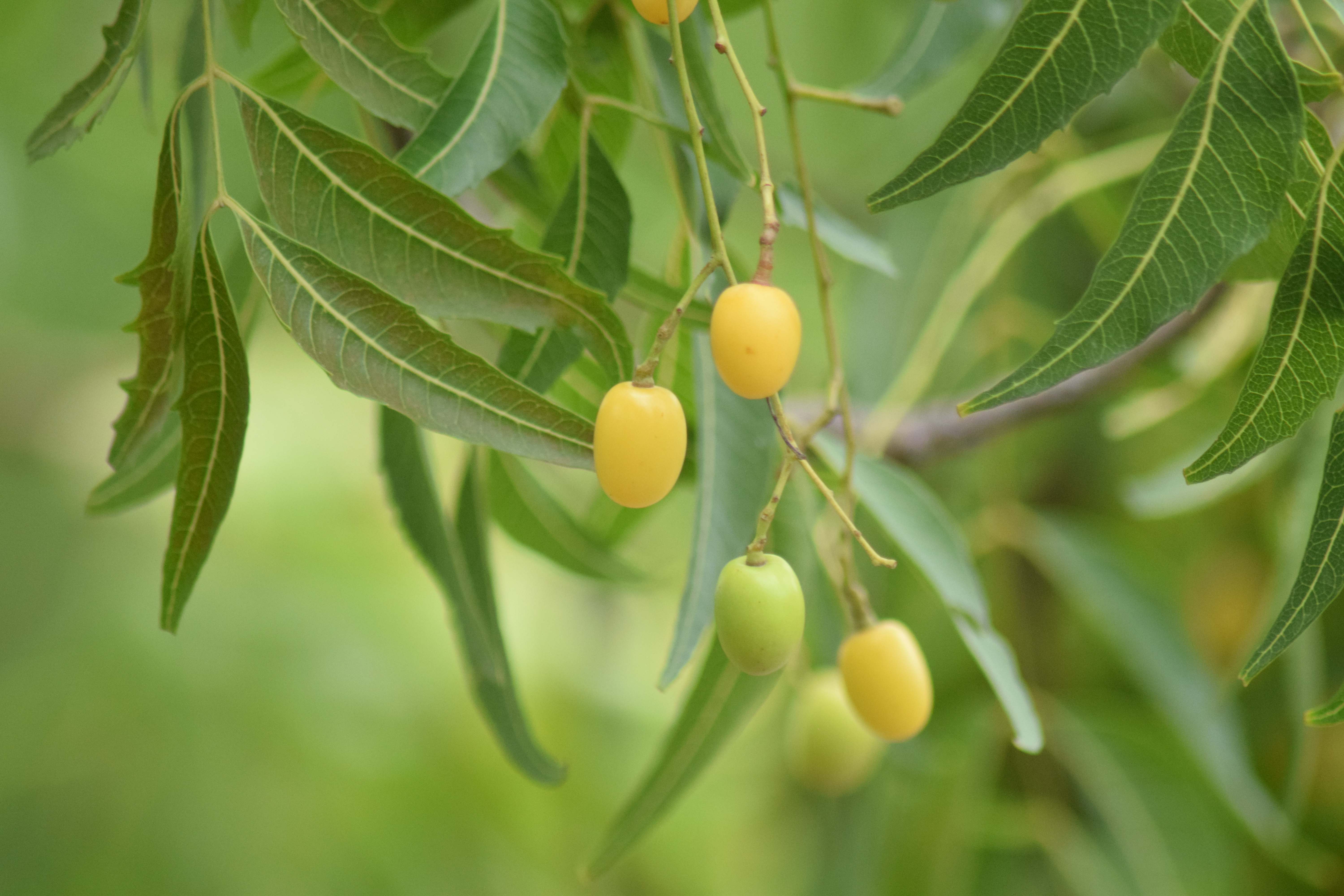

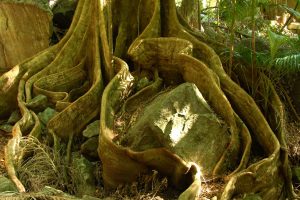

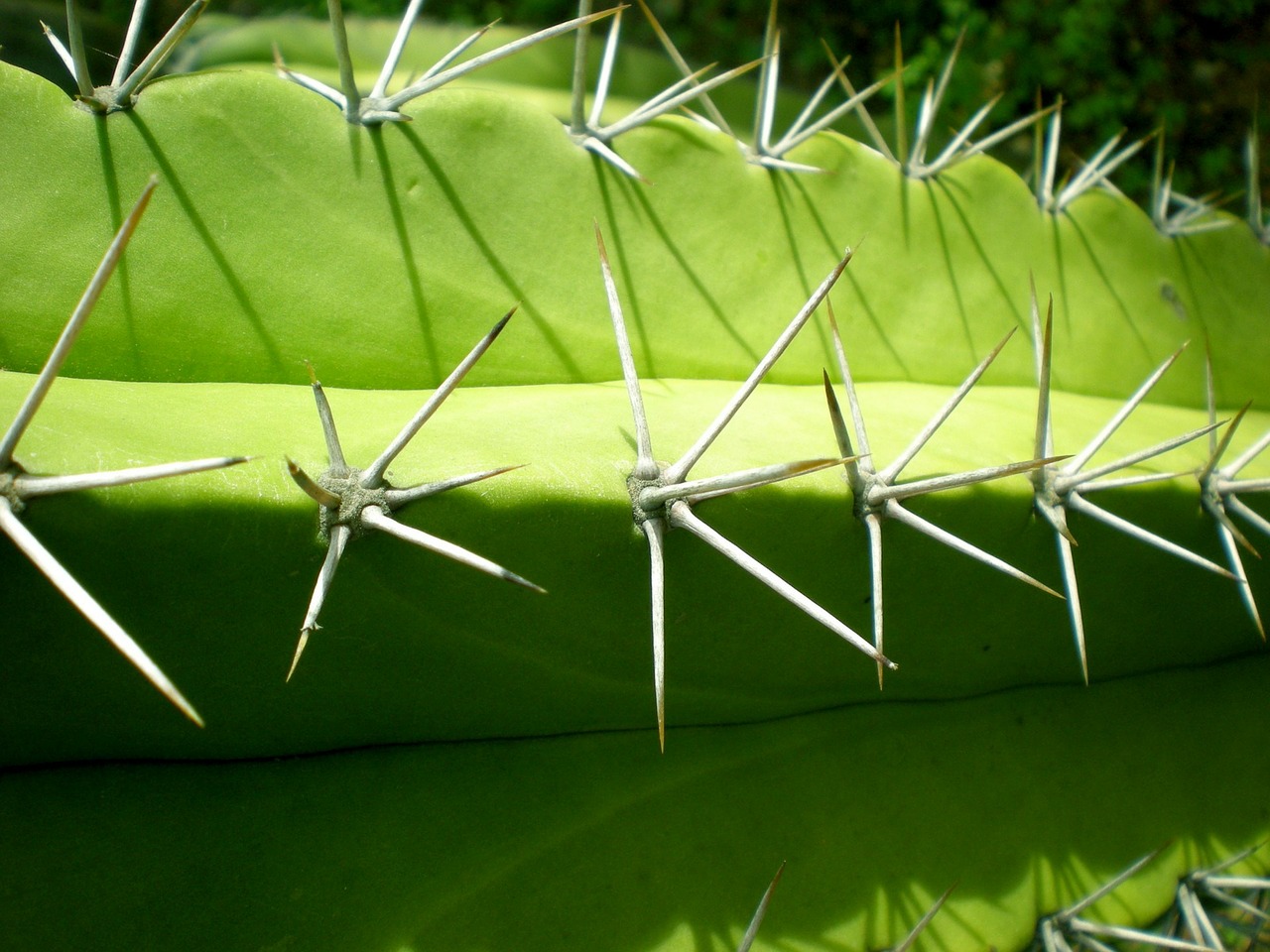
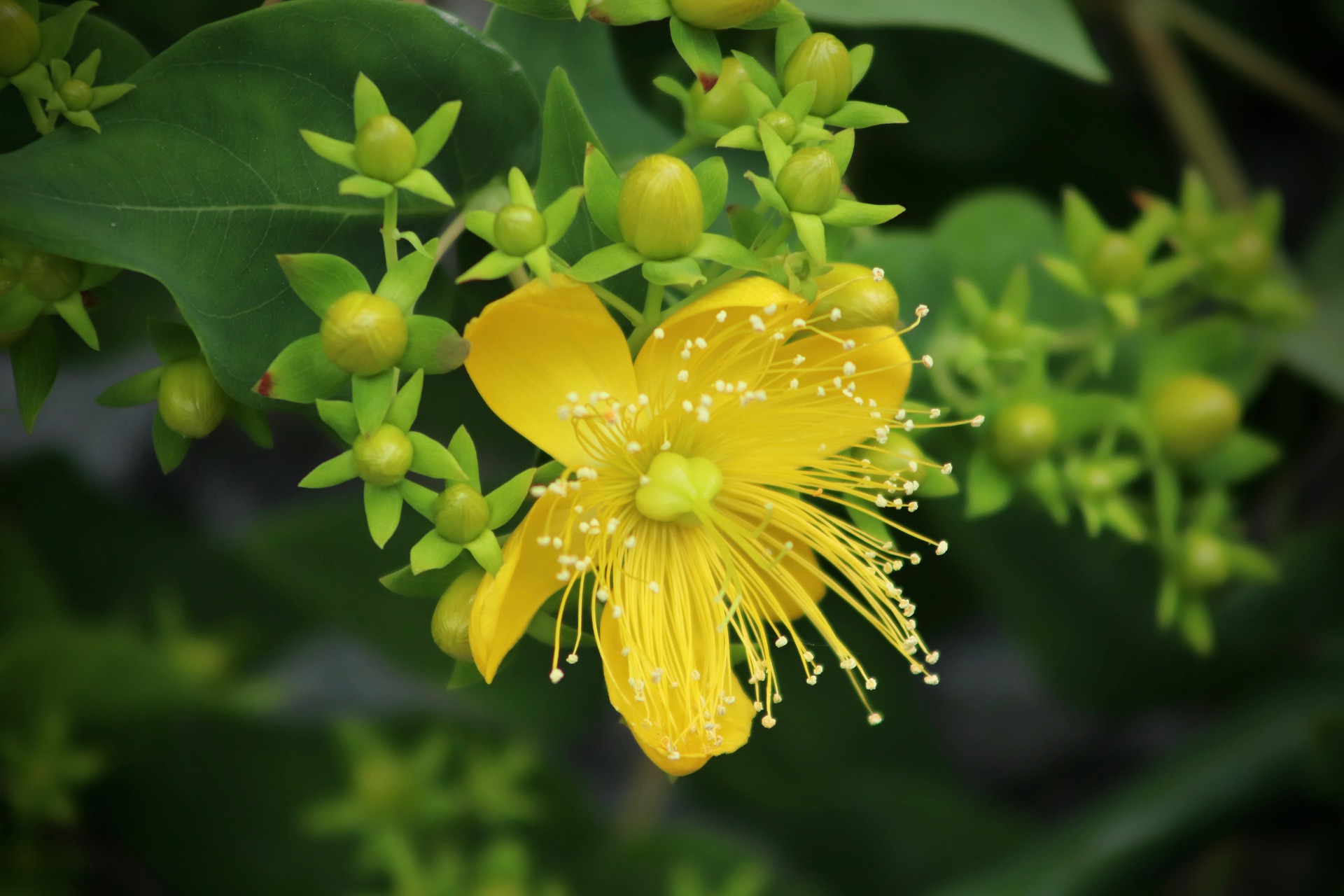
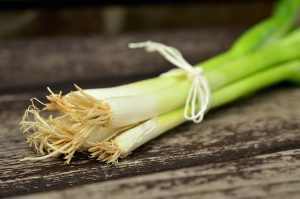
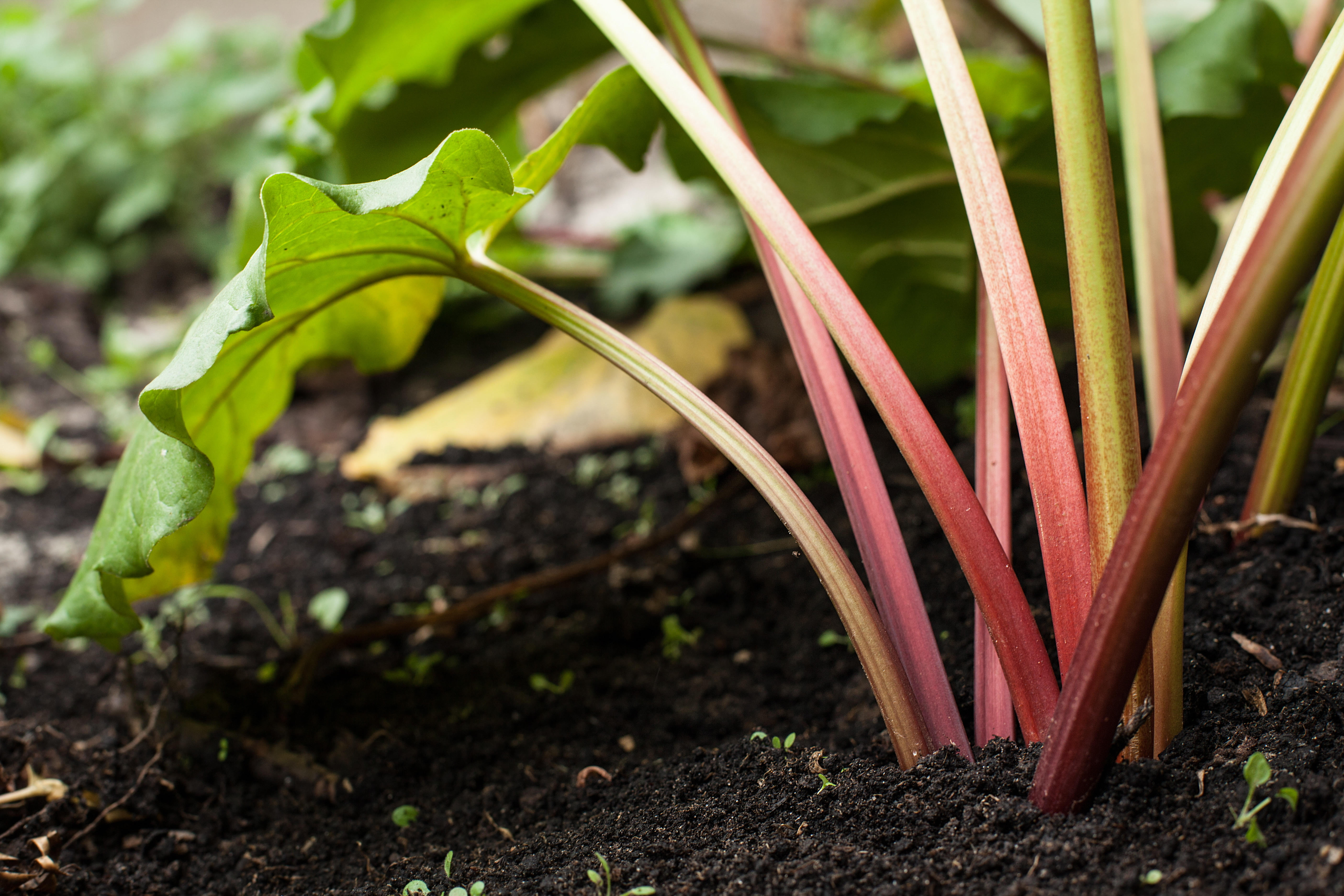

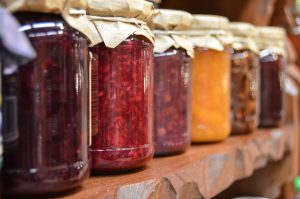

this post helps to Enjoy the Pest free – thanks for the Posting – keep posting
What about aphids? Surprised they weren’t included.
Would you please provide same type of info as you did above.
Many thx!
Caryl, thanks for the question! I’ll put together a whole guide to aphids in the next week. Stay tuned!